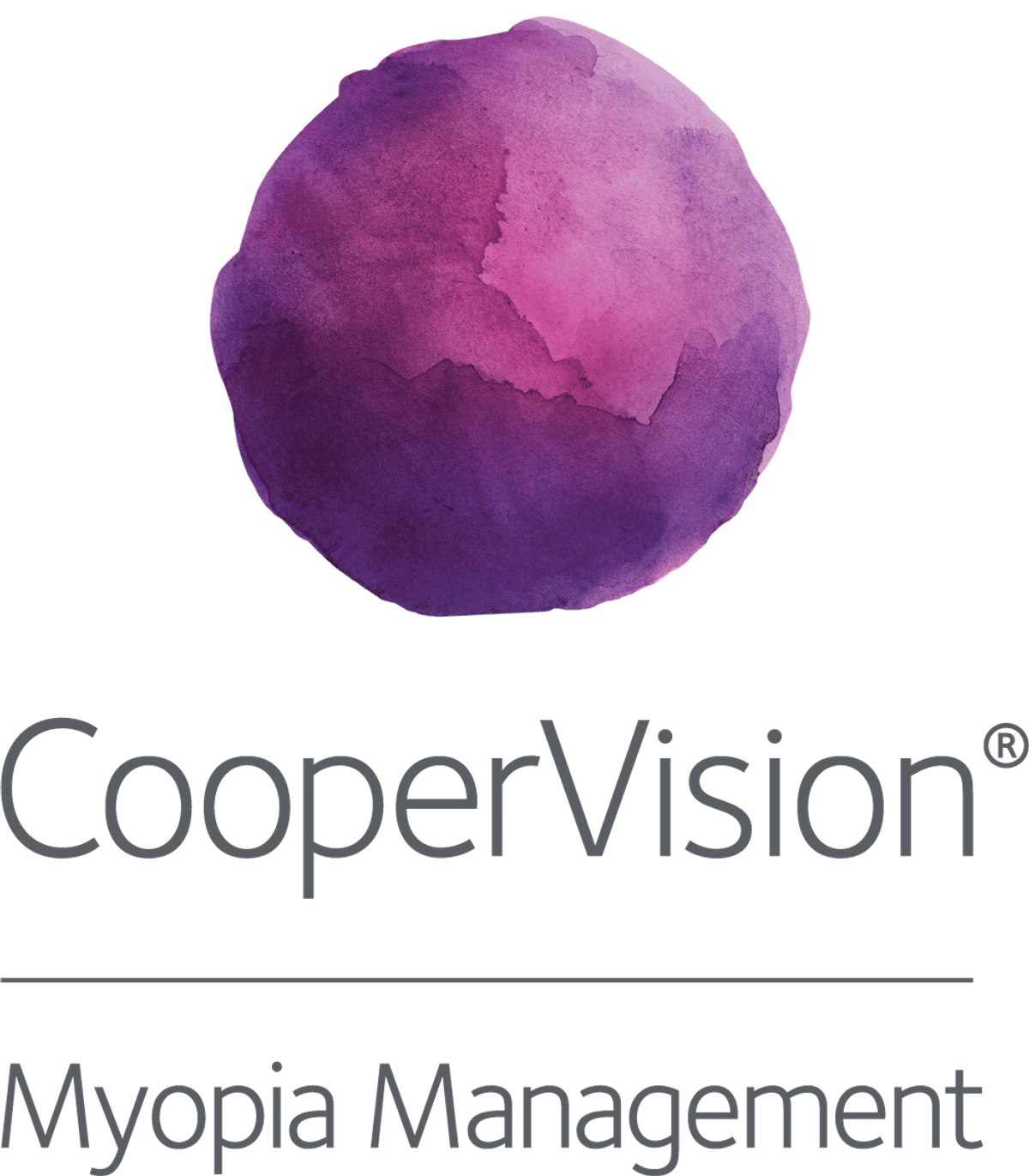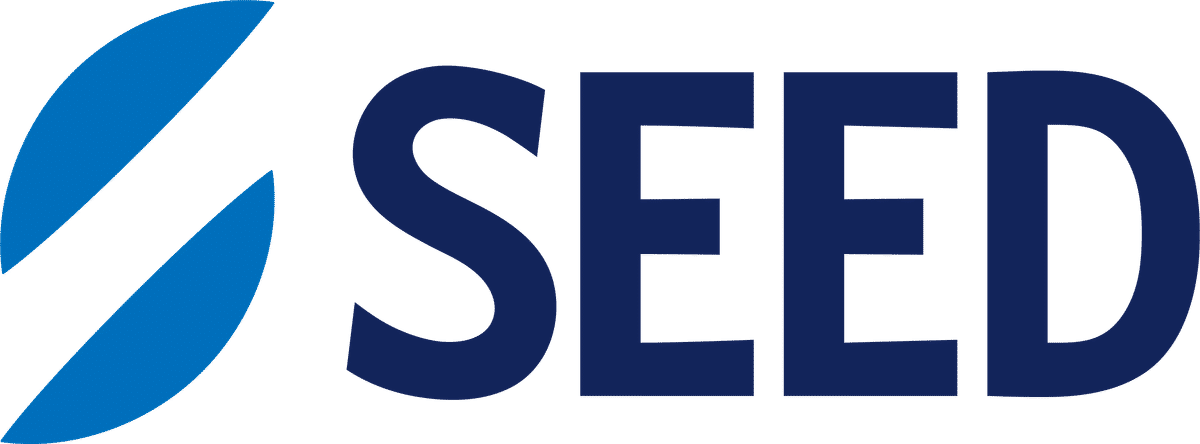Science
Does a 0.1% loading dose boost myopia control for 0.01% atropine?

In this article:
Danish children were treated with 0.01% atropine, a 0.1% loading dose followed by 0.01%, or placebo. After 3 years including washout, axial length and refractive outcomes were similar across groups, showing no sustained treatment effect or added benefit of a loading dose.
Paper title: 3-year results of 0.01% and 0.1% loading dose atropine treatment including washout in Danish children with myopia: a placebo-controlled, randomised clinical trial
Authors: Hansen N (1), Hvid-Hansen A (2), Møller F (3), Bek T (4), Larsen D (4), Jacobsen N (2,5), Kessel L (2,5)
- Department of Ophthalmology, Copenhagen University Hospital - Rigshospitalet, Glostrup, Region Hovedstaden, Denmark
- Department of Ophthalmology, University Hospital of Southern Denmark - Vejle Hospital, Vejle, Denmark
- Department of Ophthalmology, Aarhus University Hospital, Aarhus N, Denmark
- Department of Clinical Medicine, University of Copenhagen, Kobenhavn, Region Hovedstaden, Denmark
Date: Published online Mar 23, 2025
Reference: Hansen N, Hvid-Hansen A, Møller F, Bek T, Larsen D, Jacobsen N, Kessel L. 3-year results of 0.01% and 0.1% loading dose atropine treatment including washout in Danish children with myopia: a placebo-controlled, randomised clinical trial. Br J Ophthalmol. 2025 Aug 20;109(9):1056-1063
Summary
While 0.01% atropine has shown moderate efficacy during active treatment, its long-term benefit post-treatment remains unclear. Prior studies suggested that lower concentrations might offer better rebound control after cessation, particularly in Asian children. This study aimed to assess whether treatment effects from low-dose atropine are sustained after a 1-year washout, and whether a 0.1% loading dose provides additional benefit to the final outcome.
This was a randomised, placebo-controlled trial in Denmark involving 97 myopic children aged 6–12 years (mean age 9.4 years, baseline SER −2.99 D and axial length 24.6 mm). Participants received either 0.01% atropine for 2 years, a 0.1% loading dose for 6 months followed by 0.01% for 18 months, or placebo. All groups had a 1-year washout period.
Key findings were as follows.
- After 3 years, axial length was longest in the placebo group (25.33 mm), followed by the 0.1% loading group (25.28 mm), and shortest in the 0.01% group (25.25 mm).
- Final mean SER was most myopic in the 0.01% group (–4.45 D), slightly less myopic in the placebo group (–4.43 D), and least myopic in the 0.1% group (–4.26D), but the differences were small.
- Neither atropine group showed a clinically meaningful sustained treatment effect after washout.
- A 0.1% loading dose did not improve outcomes relative to 0.01% monotherapy.
- A rebound effect was observed in the 0.1% loading group after the dose was reduced to 0.01%, with a loss of treatment effect noted from the 12-month visit onward.
What does this mean for my practice?
This study found that neither 0.01% atropine nor a 0.1% loading dose followed by 0.01% produced a sustained treatment effect after a 1-year washout. Over three years, axial elongation differed by only 0.06–0.09mm and refractive change by just 0.02–0.17D compared with placebo, with similar response rates between groups.
Although 0.01% atropine showed some effect during active treatment, this didn’t persist once treatment stopped. The findings suggest that control may rely on continued therapy rather than expecting a lasting benefit after cessation.
The trial also showed that adding a 0.1% loading dose didn’t enhance the overall outcome and led to a rebound effect once the dose was reduced. As neither 0.01% nor the 0.1% loading strategy produced a lasting effect, finding a dose that maintains control without adding unwanted side effects remains a key priority
Read more about atropine and dose response in myopia control
dose response in myopia control
What do we still need to learn?
This study identified several limitations that may affect interpretation of the results. The sample size was relatively small, and the study was designed to detect large treatment differences, but progression turned out to be slower than expected. This may have made it harder to detect smaller treatment effects, especially after washout. A longer treatment period might have shown a different result, since treatment ended before most children reached the age when myopia typically starts to slow down.
Only 0.01% and 0.1% atropine concentrations were tested, so the study could not assess whether intermediate concentrations, such as 0.02% or 0.05%, might offer a better balance between treatment effect and side effects. Further research is needed to confirm whether these findings apply across different dosing strategies and treatment durations, and to investigate whether low-dose atropine has a ceiling effect that limits its overall efficacy. Longer-term studies with larger sample sizes are needed to allow comparisons across multiple atropine concentrations.
Abstract
Purpose: To examine the safety and efficacy of low-dose atropine (0.01% and 0.1% loading dose) after 2-year treatment and 1-year washout in 6-year-old to 12-year-old Danish children with myopia.
Methods: Investigator-initiated, placebo-controlled, double-blind, randomised clinical trial. Of 124 screened children, 97 were randomised to receive 0.01% low-dose atropine for 24 months (0.01%) or 0.1% low-dose atropine for 6 months, then 0.01% for 18 months (0.1% loading dose) or placebo, followed by a 1-year washout. Altogether, 91 participants completed the study. The primary outcome was myopia progression (axial length (AL) and spherical equivalent refraction (SER)). Secondary outcomes were adverse events, ocular biometrical measurements and treatment responder eyes (myopia progression less than -0.50 diopters (D)). Constrained linear mixed models were constructed with individual eyes nested by participant ID, according to intention-to-treat. The responder analysis used Fisher's exact test. Significance levels were adjusted for multiple comparisons. Adjusted p values <0.05 were considered significant.
Results: At 3 years, the mean AL was -0.06 mm (95% CI -0.18; 0.07) and -0.09 mm (95% CI -0.21; 0.04) less compared with placebo in the 0.1% loading dose group and 0.01% group. Mean SER was -0.02 D (95% CI -0.30; 0.26) less and 0.17 D (95% CI -0.11; 0.45) more compared with placebo in the 0.1% loading dose group and 0.01% group. There was no significant group difference in the responder eyes.
Conclusions: There was no difference in myopia progression between groups following washout. A 6-month 0.1% loading dose did not improve efficacy compared with 0.01%. The 0.1% loading dose showed a rebound effect after dose switching.
Meet the Authors:
About Ailsa Lane
Ailsa Lane is a contact lens optician based in Kent, England. She is currently completing her Advanced Diploma In Contact Lens Practice with Honours, which has ignited her interest and skills in understanding scientific research and finding its translations to clinical practice.
Read Ailsa's work in the SCIENCE domain of MyopiaProfile.com.
Enormous thanks to our visionary sponsors
Myopia Profile’s growth into a world leading platform has been made possible through the support of our visionary sponsors, who share our mission to improve children’s vision care worldwide. Click on their logos to learn about how these companies are innovating and developing resources with us to support you in managing your patients with myopia.












